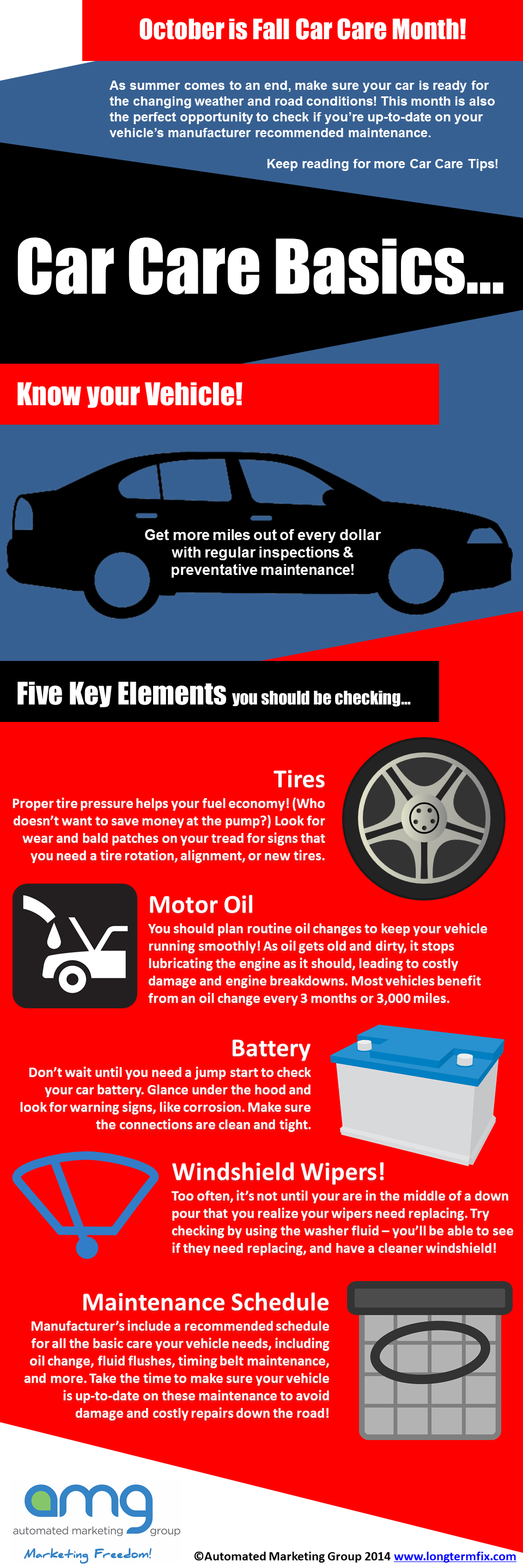Understanding Your Automobile'S Caution Lighting: What Do They Really Mean?
Understanding Your Automobile'S Caution Lighting: What Do They Really Mean?
Blog Article
Content Produce By-Sykes Winters
When you're behind the wheel, those beautiful caution lights on your control panel can be a little bit difficult. Do you know what they're attempting to inform you about your auto's health and wellness? Recognizing the value of these lights is important for your safety and security and the long life of your lorry. So, the next time among those lights turns up, would not you intend to decipher its message properly and take the necessary steps to resolve it?
Common Caution Lighting and Interpretations
Recognize common caution lights in your automobile and understand their definitions to guarantee secure driving.
The most common warning lights include the check engine light, which indicates problems with the engine or emissions system. If this light begins, it's important to have your car inspected quickly.
The oil pressure alerting light suggests low oil stress, needing immediate focus to prevent engine damages.
A flashing battery light might recommend a damaged billing system, possibly leaving you stranded if not resolved.
The tire pressure tracking system (TPMS) light notifies you to reduced tire stress, affecting car stability and fuel performance. Ignoring car detailing service could cause unsafe driving problems.
The abdominal muscle light indicates a trouble with the anti-lock braking system, endangering your ability to quit rapidly in emergencies.
Lastly, the coolant temperature level alerting light warns of engine overheating, which can result in severe damage if not settled swiftly.
Comprehending these typical caution lights will help you deal with problems without delay and maintain risk-free driving problems.
Value of Prompt Attention
Comprehending the common caution lights in your vehicle is only the first step; the importance of immediately dealing with these cautions can't be emphasized enough to ensure your safety on the road.
When a warning light brightens on your control panel, it's your automobile's method of communicating a potential issue that needs interest. Neglecting these warnings can lead to more extreme troubles in the future, jeopardizing your safety and potentially costing you extra out of commission.
Prompt attention to alerting lights can prevent failures and accidents. As an example, a blinking check engine light can show a misfire that, if left neglected, can create damage to the catalytic converter. Addressing this without delay can save you from a pricey fixing.
Similarly, a brake system cautioning light might signify reduced brake liquid or used brake pads, critical elements for your safety when driving.
Do It Yourself Troubleshooting Tips
If you notice a caution light on your dashboard, there are a few do it yourself troubleshooting pointers you can attempt before looking for specialist aid.
The primary step is to consult your auto's manual to understand what the certain warning light indicates. In some cases the concern can be as simple as a loosened gas cap causing the check engine light. Tightening the gas cap may resolve the trouble.
One more typical issue is a low battery, which can set off different warning lights. Inspecting the battery links for rust and guaranteeing they're safe and secure could repair the issue.
If a warning light persists, you can try resetting it by detaching the cars and truck's battery for a couple of minutes and after that reconnecting it. Furthermore, examining your car's fluid levels, such as oil, coolant, and brake fluid, can aid repair warning lights connected to these systems.
Verdict
In conclusion, comprehending your auto's warning lights is necessary for keeping your lorry running smoothly and safely. By quickly resolving take a look at the site here and understanding what they suggest, you can stay clear of pricey repairs and prospective failures.
Keep in mind to consult your car's handbook for particular information on each cautioning light and act appropriately to guarantee a trouble-free driving experience.
Stay educated, stay secure on the road!
